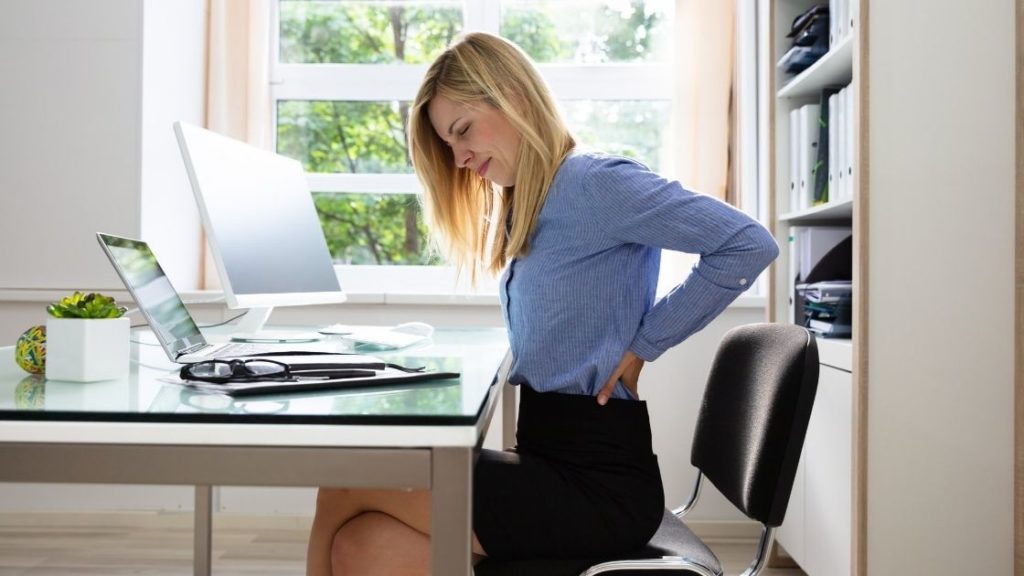How Rolfing and Myofascial Release Can Help Back Pain

Most of Us Experience Back Pain
Chronic lower back pain is the second leading cause of disability in the U.S. It is estimated that at some point 80 percent of Americans will experience back pain
Aside from causes related to serious illness, some of the most common causes are mechanical issues or the way the body moves. For example, your back pain could be caused by a compensation pattern from an old injury, lifestyle factors like sitting at a desk all day, repetitive stress, or inactivity. For most people whose back pain is mechanical, lower back exercises, including rehabilitative exercises, tissue manipulation, stretching and strengthening, can reduce, and often eliminate, the presence of low back pain.
What is Fascia, and How Important Is It?
Fascia is an interconnected web of connective tissue that surrounds all our muscles, bones and internal organs. When healthy, these tissues are meant to glide over each other, letting our muscles, bones, nervous system and internal organs work together to move. When these tissues cannot glide or do not hydrate properly, they become dense and restricted and can cause certain parts of the body to become inactive.
Rolfing Gets Your Fascia Flowing
Rolfing, commonly referred to as Structural Integration, works to realign and balance the body’s myofascial structure in the field of gravity. Dr. Ida Rolf, creator of this effective modality, states: “When the body gets working appropriately, the force of gravity can flow through. Then, spontaneously, the body heals itself.”(1)
Rolfing seeks to break bad patterns of muscle strain and misuse through a technique called myofascial release. This release enables the body to properly align itself. When the body is properly aligned, pain diminishes.
The hallmark of Rolfing® Structural Integration is a standardized “recipe” known as the Ten-Series (2), the goal of which is to systematically balance and optimize both the structure (shape) and function (movement) of the entire body over the course of ten Rolfing sessions. This Ten-Series approach is particularly useful for chronic pain, however, Rolfing can also be done as a single session.
Danielle Drucker
Author, Certified Rolfer, Personal Trainer
Danielle is a Rolf Structural Integration Practitioner and an A.C.E. certified Personal Trainer. Her personal experience with chronic illness and injury, led to her fascination with the mind-body connection. She is passionate about psychology and the nervous system, the impact of trauma, fitness, movement and overall health and wellness. Danielle has an extensive knowledge of anatomy and physiology, years of observing people’s patterns in movement, and tools she’s discovered throughout her own personal journey, that she uses in treating her patients.
Resources
- Rolf.org. (2019). What is Rolfing? – Dr. Ida Rolf Institute. [online] Available at: https://www.rolf.org/rolfing.php.
- 5thlinerolfing.com. (2022). [online] Available at: https://www.5thlinerolfing.com/wp-content/uploads/2018/09/Rolfing-10-Series-Overview.jpg.
Photo Credit
Canva by AndreyPopov
